Porsche Boxster 986 Buying Guide
The Porsche 986 or 'Mk1 Boxster' was produced from 1996 to 2004 and is the most affordable of the Boxster models, making for a great ‘first Porsche’. If you hadn’t already worked it out, the name ‘Boxster’ is derived from a combination of ‘Boxer’ (relating to the flat-6 motor) and ‘Roadster’ (obviously, due to the soft top)… although some might suggest that the styling is perhaps more reminiscent of the classic 550 ‘Spyder’.

Model specs
The first Porsche Boxster was powered by a mid-mounted 2.5-litre, 201 bhp flat-6 motor, which boasted a 0-60mph time of 6.7-seconds and a top speed of 149mph. In 2000, the base-model was upgraded to a 2.7-litre motor (228 bhp) and the Boxster S model was launched too, featuring a punchy 249 bhp 3.2-litre motor with a 6-speed transmission to match. 2003 saw a facelift model released with a glass rear window and some performance upgrades too.


What to look for…
First of all, we should point out that any good Boxster will be a blast to drive and, given that it is possible to pick up an early-model from as little as £2000, the 986 can be great value for money too. However, there are some key points to look out for and, as with most Porsche models, we’d always suggest buying the best example you can afford. There are plenty of cars out there, so don’t fall for the first ‘cheap’ Boxster you stumble across… take your time and look at cars priced below and above your budget to get an idea of what is available.

Buy with your head not your heart
Sure, the Boxster is a tough cookie, but if you end up buying a £3k car that needs a gearbox overhaul and/or has some oil leaks or running issues, then you could soon be in for some pretty hefty repair bills. If you’re not confident enough to assess the mechanical condition of a potential purchase, then visiting a respected Porsche specialist could be better financially long term– yes, you will pay a premium over a private purchase, but you will also be covered by a warranty should the worst happen. Either way, here’s what you should know.

Engine/gearbox
Perhaps the most serious problem with the early 986 Boxster was that of cracked bore liners. However the majority of vehicles affected by this issue will have been repaired fixed some time ago now. Check for mention of it in the service history, ask the seller and be sure to check for overheating or running issues on a test drive. To help remedy this issue you can fit a lower temperature thermostat.
Oil Leaks
Take a torch (and overalls if you like) and take a good look underneath any early Boxster for signs of long-term oil leaks. Boxster owners often overlook leaking rear/main seals, due to the cost of replacement. A new seal only costs around £20… but you need to remove the rear bumper, exhaust, transmission and flywheel etc. in order to access and change it, which could easily exceed £500 in labour charges.




IMS Bearings
The biggest headache for 986 Boxster owners is the failure of the bearing on the rear of the intermediate shaft (which transfers drive from the crank to the camshafts). If this bearing fails, you’re looking at a full engine rebuild at best… or a pile of scrap at worst. However, it appears that not every M96 motor is destined to suffer an IMS (intermediate shaft) bearing failure. There’s a good chance that vehicles offered for sale today will have been repaired already (or were never affected by this issue). Ask the right questions and look through the vehicle history to check.
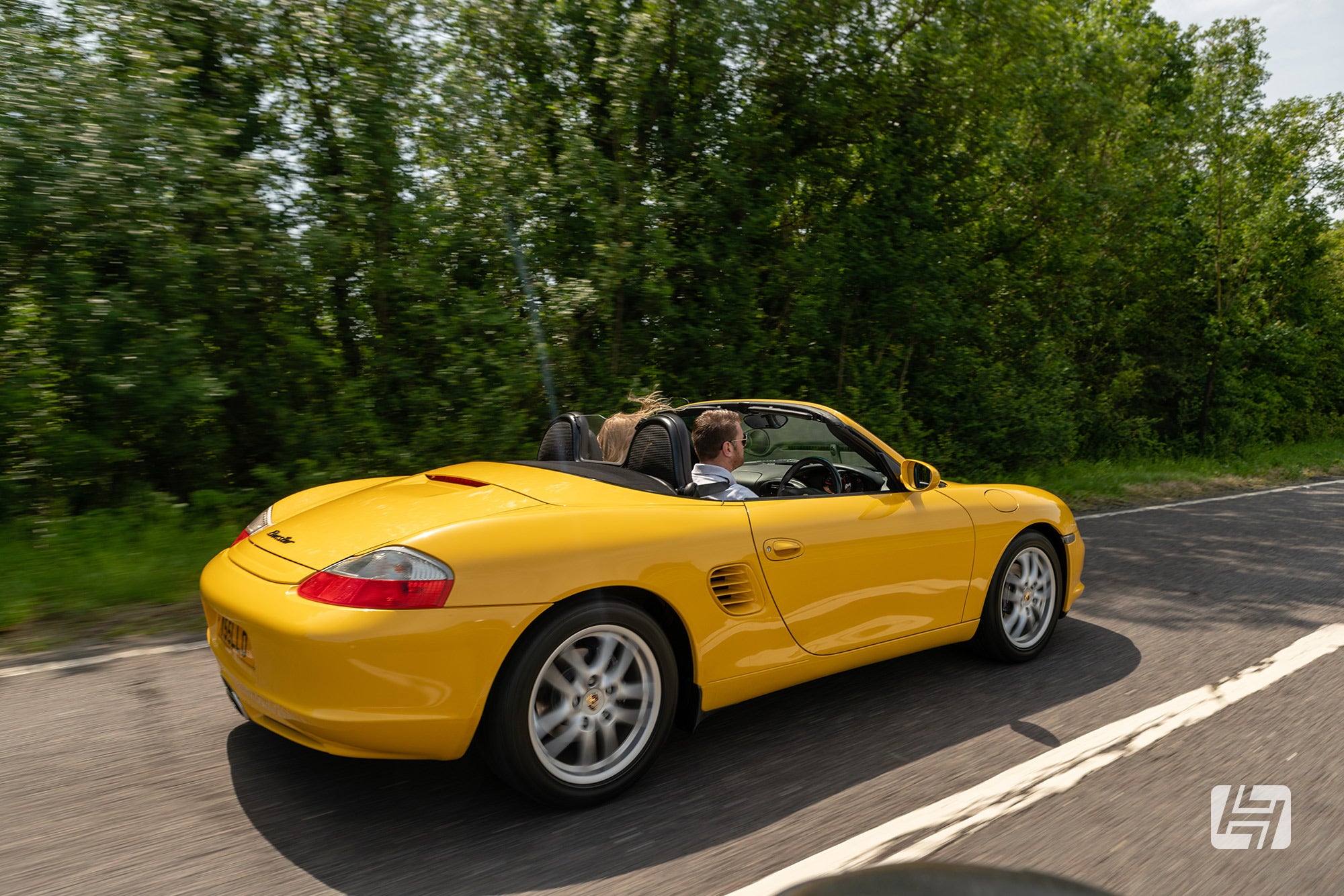
Groaning gearbox
The 986 transmission is pretty tough, but that doesn’t mean that it should be overlooked. The 5-speed ’box seems to be more robust than the 6-speed unit, but you should take time to check for graunching/syncromesh issues (especially shifting up/down through 2nd and 3rd gears) and listen out for whining/excess noise from the diff/final drive both under load and also when you back off the throttle, too.
Bodywork
Do the bumpers align correctly? Open the bonnet and lift up the mats/liner… and check the rear end carefully, too. If you see any obvious signs of collision repair or poor bodywork, just remember that there are plenty of other cars to choose from. If you find a car with no accident damage or previous paint repairs, you’re doing well!

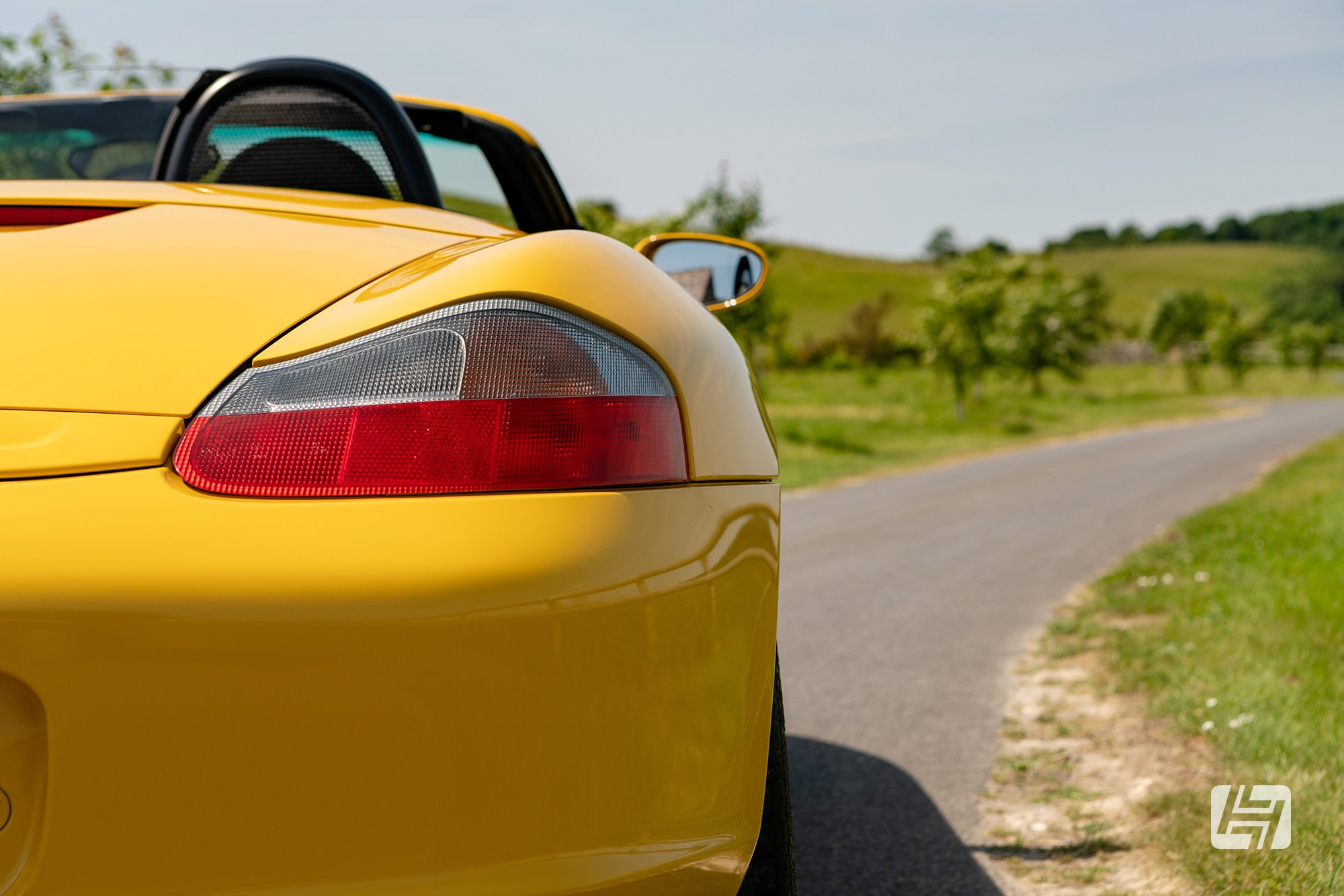
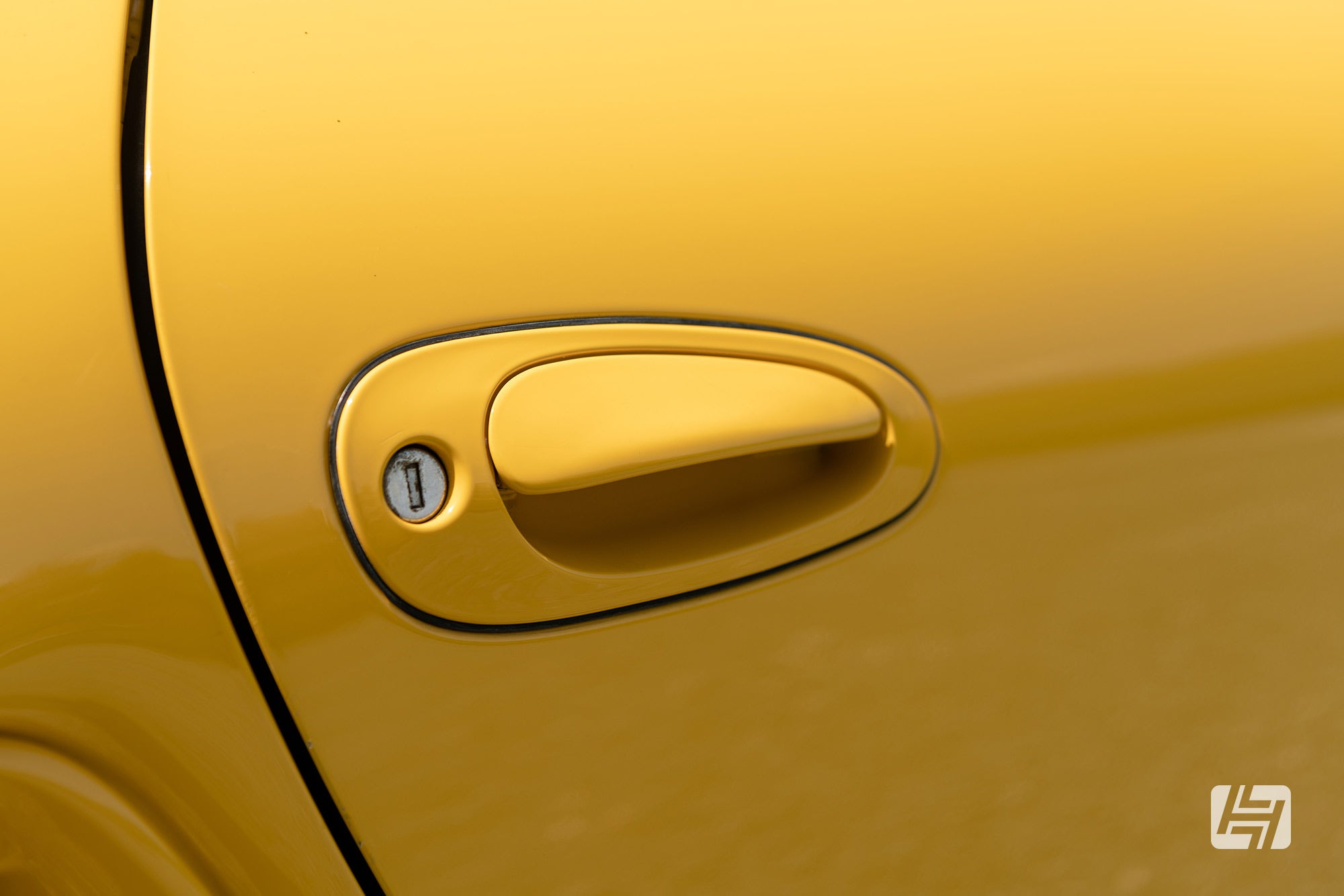
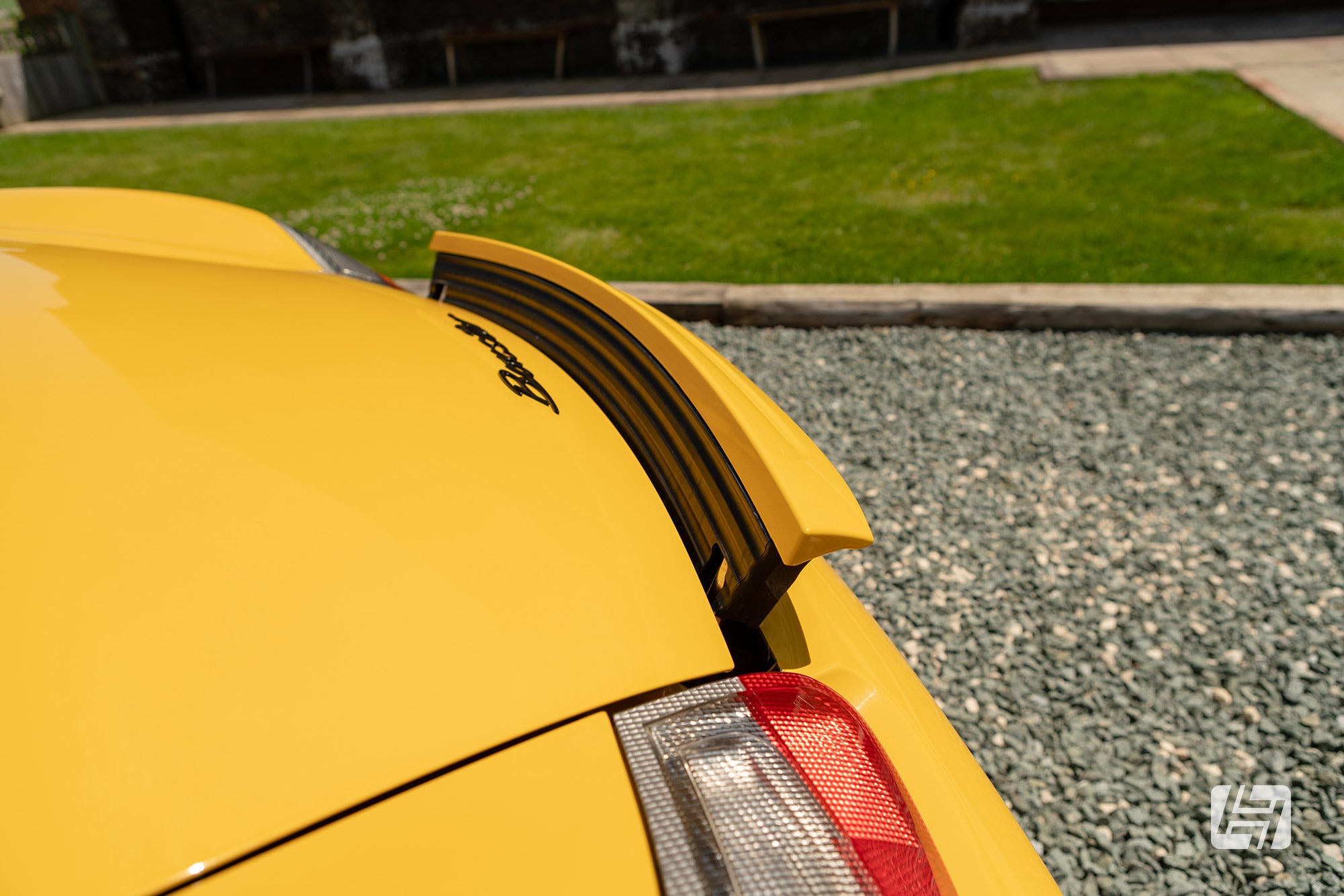
The convertible roof
As with any soft-top car, you should pay close attention to the roof. Does it operate smoothly? Hood cables corrode and break and the fabric can split, especially around the folds as it goes up and down. Check the rubber seals for damage and if they all appear to be sealing properly. Many Boxsters are garaged, however if you’re looking a car that has been living outside check the carpets and trim around the edge of the roof for signs of damp or water ingress. Incidentally, in 2001, the Boxster received an ‘internal roof’, which is essentially just an additional liner, although it is claimed to reduce road noise by 3 decibels. One common problem is the plastic rear window on ’96-01 models, these can dis-colour and split from too much time in the sun, or crack from being creased while folded down. Replacing the window is a task for a hood specialist and you should budget £400-£500 for a decent job.

Inside the 986
Heavy condensation inside the car points towards a leak, so check the carpets and under any floor mats for damp. Raise it with the seller for an explanation, but be prepared to walk away and look for a dry one! Check that the central locking/alarm and electric windows work as they should and give all the other switches a go too, such as the heaters, air con etc. The bolsters on the drivers and passenger seat are prone to wear, as are the carpets, steering wheel and the shifter knob in higher mileage vehicles, but these are cosmetic issues that can be remedied if the car is cheap enough.

Wheels and suspension
Superficial kerbing and damage to the wheels is common but offers an opportunity to haggle. Uneven tyre wear could be more serious, so double check for broken coil springs and damage to the Boxster suspension arms. Porsche 986 shock absorbers, bushes and general servicing parts are not particularly costly to purchase, however if you’re not capable of tackling these jobs at home then factor in the labour costs at your chosen garage.
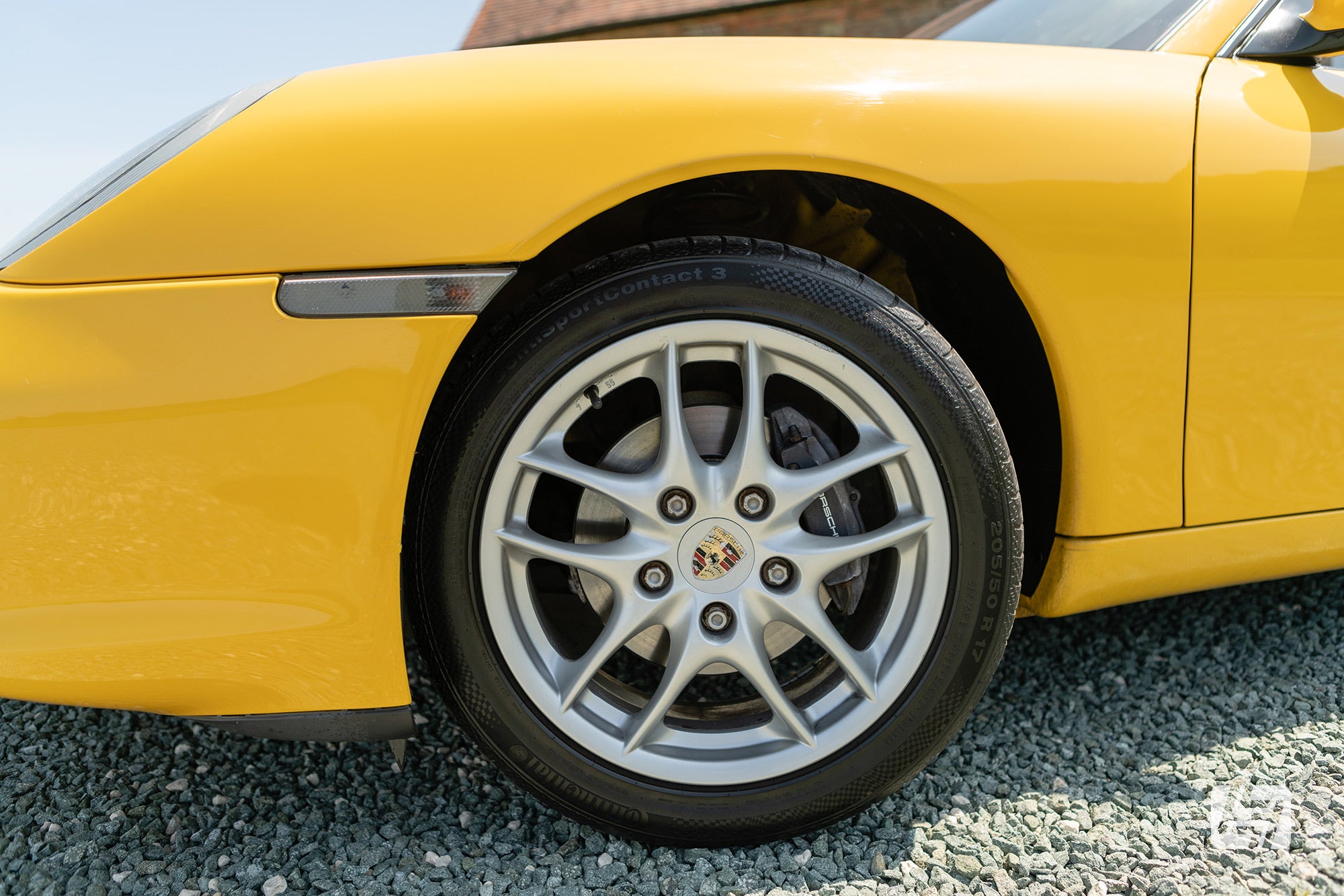
Servicing & running costs
Generally speaking, a rolling 4-year service cycle is a good place to start… This involves a basic/minor service in year one (at around £250), followed by an intermediate service in year two (roughly £350-£400), with a major service in year three (perhaps £600), then another basic service in year four and so on. Of course, you should also consider ‘consumables’, such as tyres, Porsche Boxster brakes, new exhaust etc. If you plan to take your Porsche Boxster on track then ensure it is well looked after first. If you are moving from a ‘regular’ car then also bear in mind the additional fuel costs, insurance and also road tax - models registered before 1st March 2001 will pay a cheaper rate, as they pre-date the emissions and tax regulations change in the UK.
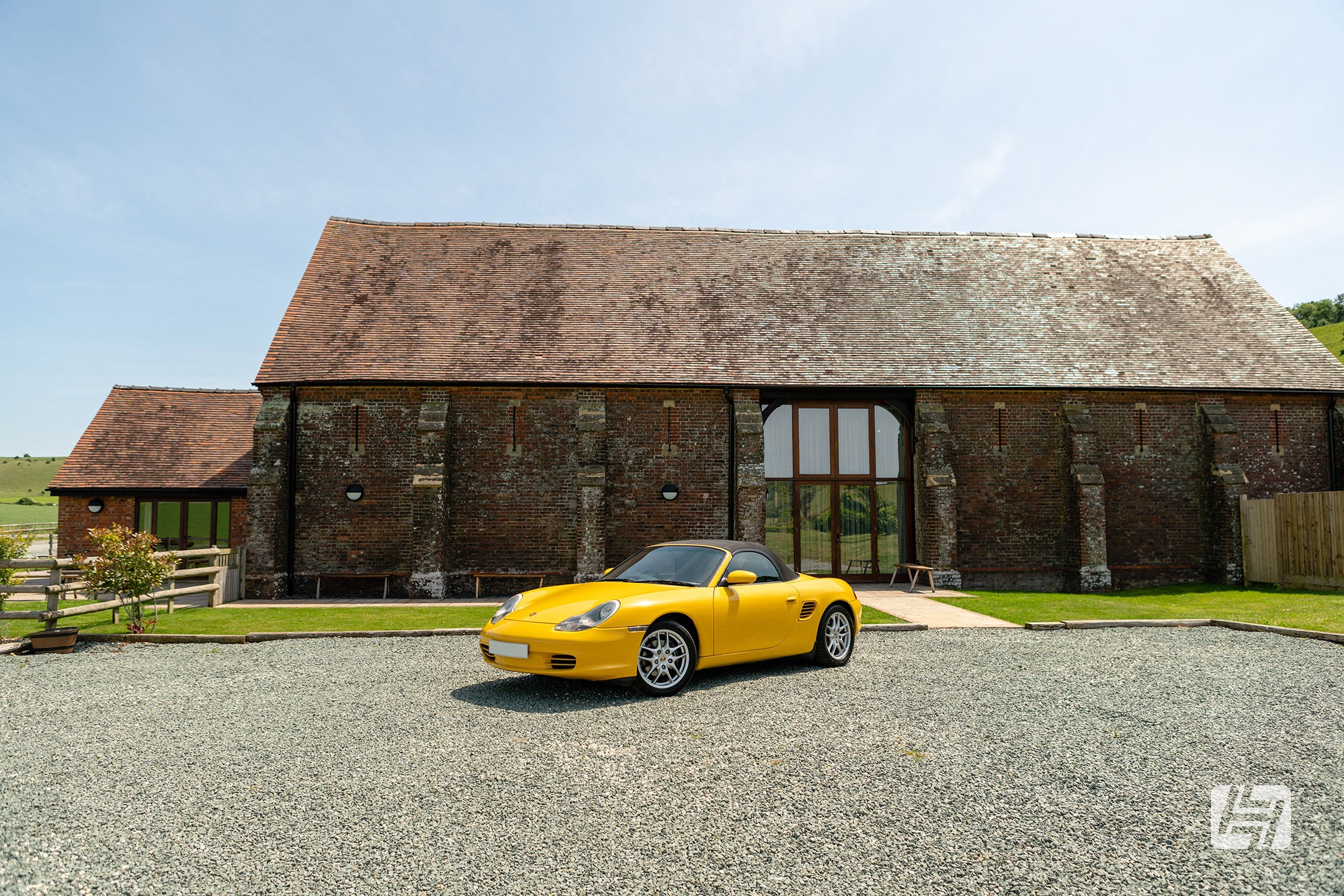
What to pay
Early 2.5-litre cars are cheap and cheerful, and can be picked up from as little as £2500. Naturally the 2.7-litre Boxster is a little more and, if you search around it’s possible to find a bargain 3.2-litre ‘S’ model from as little as £4500. We’d suggest looking at as many cars ‘in-and-around’ your budget as possible as there are plenty of vehicles out there to choose from. Keep an open mind… after all, you may find that an earlier 2.5/2.7 model in great condition could make more sense than a scruffy/low-end 3.2’S’ in the long run. If you pick the right car you may find it to be a sound investment, and should you need parts for your new Porsche, well you know where to come... A special thanks to Chris from Harbour Cars for bringing this car along for us to shoot, and also to Long Furlong Barn for the use of their grounds. Andy




 Beetle
Beetle
 T2 Bay
T2 Bay
 T2 Split
T2 Split
 T25
T25
 Transporter T4
Transporter T4
 Transporter T5
Transporter T5
 Golf Mk1
Golf Mk1
 Golf Mk2
Golf Mk2


 911
911
 996
996
 997
997
 986 Boxster
986 Boxster
 987 Boxster
987 Boxster
 912
912
 944
944
 924
924


 Defender
Defender
 Discovery Series 1
Discovery Series 1
 Discovery 2
Discovery 2
 Series 1, 2 & 3
Series 1, 2 & 3
 Freelander
Freelander
 Freelander 2
Freelander 2
